
Approaching a law test requires more than just memorizing facts and rules. It involves the ability to think critically, organize thoughts logically, and present a clear argument. Understanding the core principles and applying them effectively is essential for demonstrating your knowledge and analytical skills under pressure.
Clarity and structure are key to making a strong impression. It is important to identify the issues, evaluate the relevant facts, and apply legal rules in a methodical manner. This process will guide you toward crafting a comprehensive response that addresses all aspects of the question.
Preparation and practice play a vital role in developing these skills. Familiarity with common question formats and practicing under timed conditions will help you manage your time effectively and avoid common pitfalls. Through consistent effort, you can refine your ability to deliver precise and well-reasoned conclusions.
How to Approach a Torts Exam
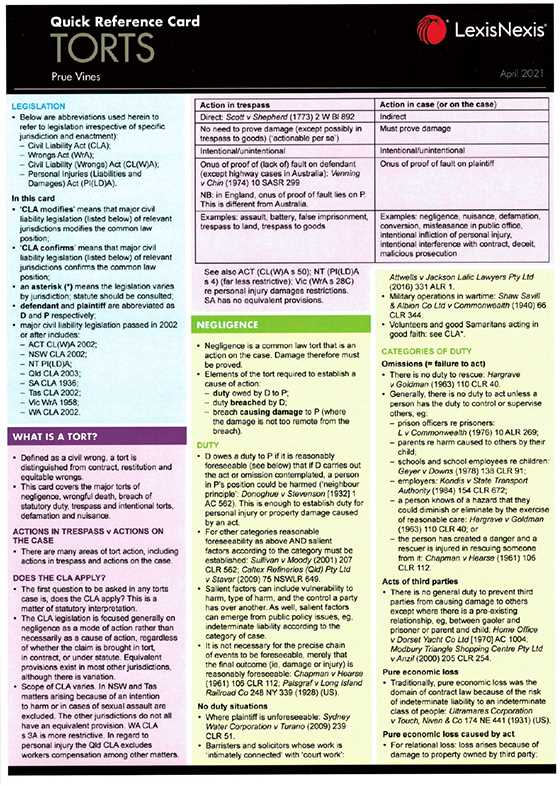
Successfully navigating through a legal test requires a strategic approach. It is not just about recalling information but about understanding the issue, structuring your thoughts, and applying the relevant legal concepts in a logical manner. Effective preparation and a clear thought process during the assessment will help you organize your response in a way that demonstrates your analytical skills and knowledge of the subject matter.
Key Steps to Begin
- Understand the Question: Carefully read the prompt to identify the central issues. Highlight important facts and legal points to focus on.
- Identify the Legal Framework: Recognize which rules or principles are relevant to the case. Make sure to apply these principles accurately to the facts provided.
- Develop a Strategy: Decide the order in which you will address each element of the question. Prioritize clarity and logical flow.
Effective Time Management
- Allocate Time for Each Section: Estimate how long you should spend on each part of the test. Be mindful of time to avoid rushing through any part.
- Stay on Track: Regularly check your progress to ensure you are addressing every component of the question.
Understanding Torts Law Basics
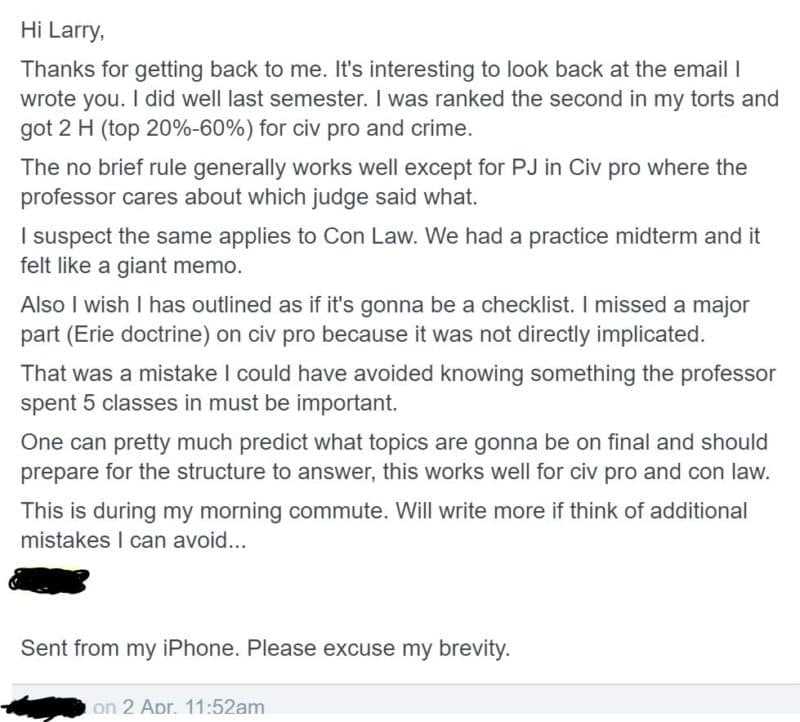
A strong foundation in legal principles is essential when approaching any problem-solving task in the field of civil liability. Mastering the fundamental concepts allows you to identify key issues and apply relevant laws to specific scenarios. In this section, we will explore the core elements of this area of law, focusing on the classification of wrongful acts and the defenses available to those accused of causing harm.
Types of Wrongful Acts
In civil liability law, actions are generally categorized into several types based on the nature of the wrong done to another party. Understanding these distinctions will guide you in recognizing the appropriate legal framework for each situation.
| Type of Act | Description |
|---|---|
| Intentional Torts | Acts committed with the intent to cause harm or with knowledge that harm will likely result. |
| Negligence | Failure to exercise reasonable care, resulting in harm to another person or their property. |
| Strict Liability | Liability imposed without fault, typically in cases involving inherently dangerous activities. |
Common Defenses in Civil Liability
Defendants in civil liability cases may assert various defenses to avoid liability. These defenses focus on challenging the elements of the claim or justifying the actions taken in specific circumstances.
- Consent: Arguing that the alleged victim consented to the actions that led to the harm.
- Self-defense: Justifying harmful conduct on the grounds of protecting oneself from immediate harm.
- Comparative Negligence: Asserting that the victim’s own negligence contributed to the harm caused.
Breaking Down the Exam Question
To effectively tackle any legal problem, it is crucial to first analyze the question thoroughly. The ability to break down the prompt into its core components allows you to identify the relevant legal issues and construct a clear, organized response. Without this step, even a well-prepared candidate may struggle to address all aspects of the problem correctly.
Identifying Key Issues
The first task in breaking down a legal problem is to isolate the key issues that need to be addressed. These issues are typically embedded in the facts provided and must be clearly identified to ensure that the appropriate legal principles are applied.
- Look for Legal Concepts: Identify terms that suggest the application of certain rules or doctrines.
- Focus on Facts: Pay attention to any facts that could suggest a violation of rights or duties.
- Note Ambiguities: Look for any unclear facts or issues that may require further clarification.
Understanding the Structure of the Question
It is important to recognize the structure of the question itself, as it often guides the approach to the problem. Most legal prompts will ask for an analysis of multiple elements or require you to explore a variety of potential outcomes based on different legal arguments.
- Multiple Issues: If the question involves several issues, prioritize them based on their importance or complexity.
- Fact Patterns: Use the provided facts to help structure your response logically, addressing each issue in turn.
- Expected Outcome: Understand whether the question expects you to predict a result, offer a conclusion, or explain the legal reasoning behind a decision.
Organizing Your Exam Answer
Clarity and structure are critical when crafting a response to a legal question. Proper organization ensures that your analysis is easy to follow, addressing each point logically and systematically. A well-structured response demonstrates not only your understanding of the material but also your ability to communicate complex ideas effectively under time pressure.
Effective Structuring Techniques
Begin by dividing your response into clear sections, each focusing on a specific aspect of the problem. This will help you address all relevant issues without overlooking any key points.
- Introduction: Start with a concise introduction that outlines the legal issues you will be discussing. This sets the stage for your analysis.
- Issue Identification: List the key issues derived from the question, ensuring that each point is explicitly stated.
- Analysis: For each issue, apply the relevant legal principles and facts, demonstrating how they interact. This is the core of your response.
- Conclusion: End with a clear, reasoned conclusion based on your analysis, summarizing the key findings.
Maintaining Coherence and Flow
While it’s important to break down the problem into manageable sections, it is equally crucial to maintain coherence and flow throughout your response. Ensure that each part of your answer naturally leads to the next, building upon the points you have made so far.
- Logical Transitions: Use transitional phrases to guide the reader through your argument, linking sections together smoothly.
- Concise Writing: Avoid unnecessary detail or repetition. Stay focused on the legal analysis and its application to the facts.
- Balance: Ensure that each section of your response receives appropriate attention, giving no issue undue weight over others unless specified in the question.
Identifying Key Legal Issues
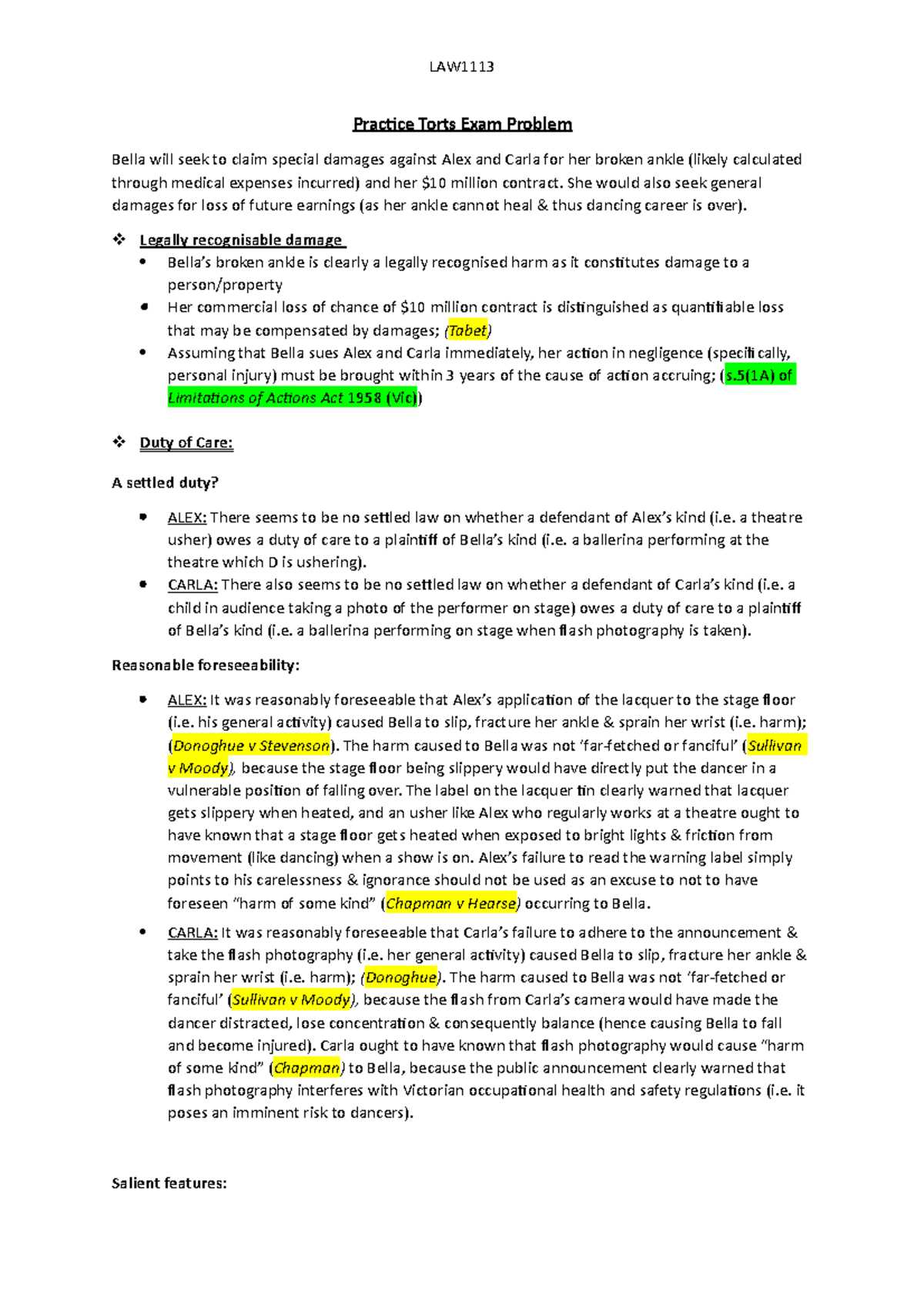
To effectively tackle any legal problem, it’s essential to first pinpoint the central issues that need to be addressed. Recognizing these key aspects not only guides your analysis but ensures that all relevant laws are applied to the facts in a systematic way. Identifying the issues accurately is the foundation of a strong, logical response, helping you focus on what truly matters in the given scenario.
Common Legal Issues in Civil Cases
Legal problems often involve multiple potential issues, ranging from the question of liability to the scope of damages. Understanding the typical categories of issues that arise can help you efficiently identify the core concerns in a case.
| Legal Issue | Description |
|---|---|
| Duty of Care | Whether a legal obligation exists to act with reasonable care toward others to prevent harm. |
| Breach of Duty | Determining if the defendant failed to meet the required standard of care under the circumstances. |
| Causation | Whether the defendant’s actions were a direct cause of the harm or injury sustained by the plaintiff. |
| Damages | Assessing the harm suffered by the plaintiff and determining if compensation is warranted. |
| Defenses | Identifying any legal defenses that may reduce or eliminate liability, such as consent or contributory negligence. |
Steps to Identifying the Core Issues
- Analyze the Facts: Begin by examining the facts of the scenario, focusing on actions or omissions that may have led to harm.
- Look for Legal Terms: Identify any legal terms or concepts that suggest a potential breach of duty, harm, or legal obligation.
- Question the Relationships: Consider the relationships between the parties involved, and how they may impact the identification of liability or defenses.
Analyzing Facts and Case Law
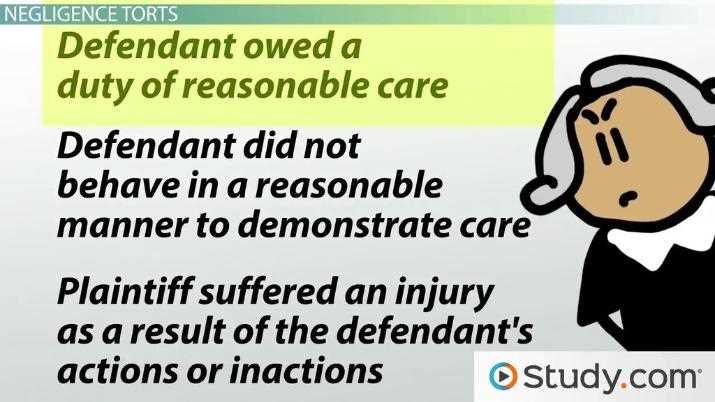
In any legal assessment, the ability to effectively analyze both the facts and relevant case law is essential. The facts provide the context for your response, while the case law offers precedents that guide how the law is applied in similar situations. Combining these two elements allows you to build a strong, reasoned argument, demonstrating a deep understanding of the legal principles at play.
When analyzing facts, focus on identifying the key details that are most relevant to the issue at hand. These details can often determine whether a legal principle applies or if exceptions are warranted. Similarly, case law acts as a benchmark, offering examples of how courts have handled similar scenarios, which helps to strengthen your argument and ensure its validity.
By carefully integrating both facts and precedents into your response, you create a cohesive, persuasive argument that not only addresses the legal issues but also shows your ability to think critically and apply the law accurately to the facts provided.
Building Strong Arguments and Defenses
Crafting compelling legal arguments and establishing valid defenses is the cornerstone of any successful legal analysis. A strong argument requires not only a solid understanding of the law but also the ability to apply it effectively to the facts of the case. Similarly, when asserting a defense, it’s crucial to demonstrate that the actions taken were either justified or fall within a recognized legal exception.
Developing a Convincing Argument
To build a persuasive argument, start by clearly identifying the issue and laying out the legal principles that apply. Next, explain how these principles relate to the facts provided, ensuring that every point made is backed by logical reasoning and relevant law.
- State the Legal Rule: Begin by stating the applicable law or rule that governs the issue at hand.
- Link Facts to Law: Demonstrate how the facts fit within the legal framework, using evidence to support your claim.
- Provide a Reasoned Conclusion: End with a clear, well-reasoned conclusion based on the analysis of both facts and law.
Establishing Valid Defenses
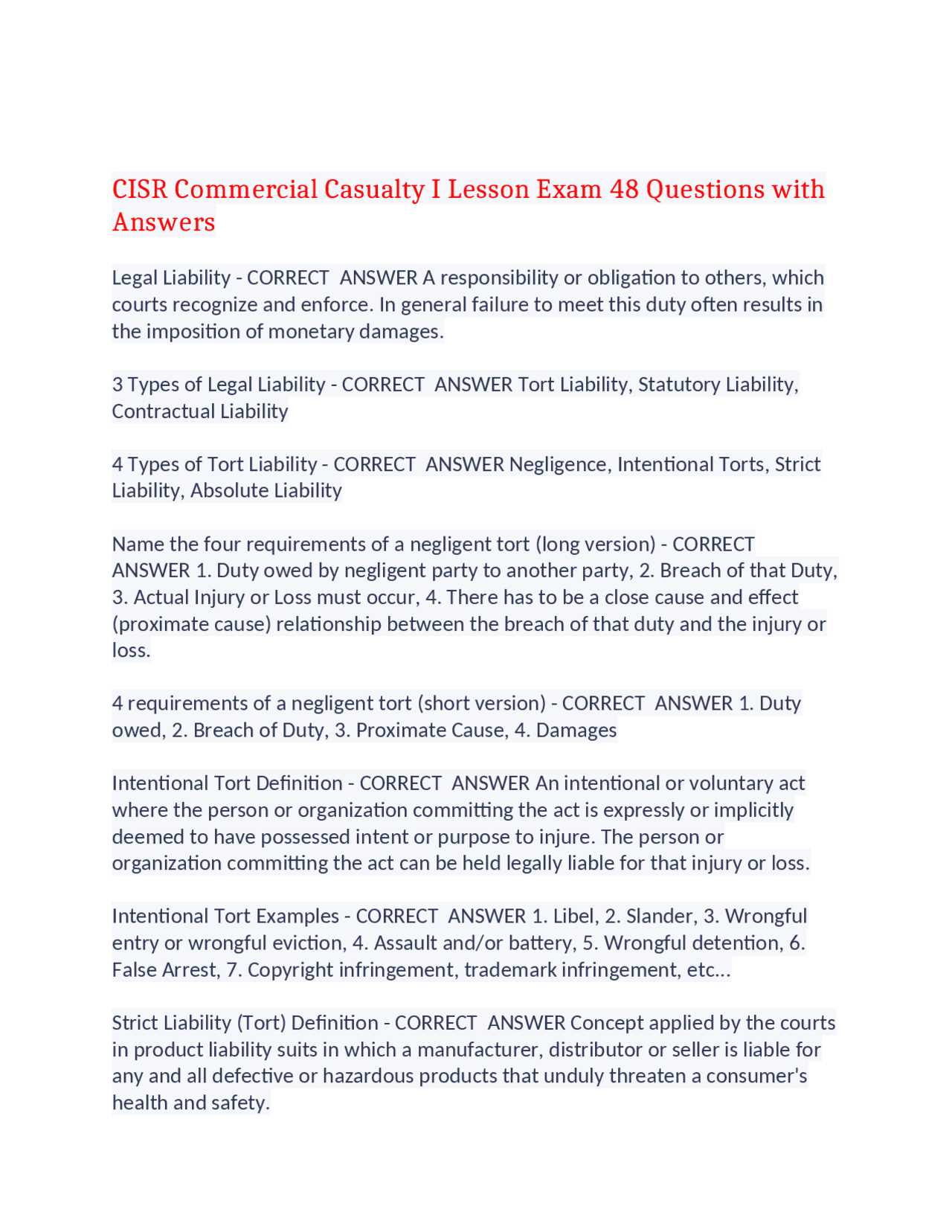
In some cases, it may not be enough to simply argue that a wrong was committed. Legal defenses can provide a valid justification for actions that would otherwise be considered unlawful. To assert a defense effectively, focus on the legal principles that support it and how they apply to the specific circumstances of the case.
- Consent: Show that the party involved gave consent to the action or event in question.
- Self-Defense: Argue that the actions taken were necessary to protect oneself or others from harm.
- Contributory Negligence: Demonstrate that the plaintiff’s own actions contributed to the harm they suffered.
Applying Legal Principles to Facts
Once the key legal principles are identified, the next step is to apply them to the facts of the case. This step is critical, as it demonstrates your ability to analyze how the law operates in real-life situations. By connecting legal concepts with the specific details of the case, you showcase your understanding of the material and your ability to reason logically and effectively.
Steps to Applying Legal Principles
Start by reviewing the facts and identifying which legal principles are most relevant. Then, apply these principles to the situation, ensuring that every aspect of the case is considered in light of the law. It’s important to be methodical and clear, making sure that each point is addressed with reasoning and supporting legal rules.
- Read the Facts Thoroughly: Examine the details carefully and identify the most relevant information that connects to the legal principles you plan to apply.
- Connect Law with Facts: Clearly demonstrate how each legal rule or principle interacts with the facts. This ensures that your argument is grounded in the details provided.
- Provide Supporting Evidence: Use case law, statutes, or other legal sources to back up your application of the law to the facts.
Example: Application of Legal Principles
Below is an example illustrating how legal principles might be applied to the facts of a case:
| Legal Principle | Fact from the Case | Application to the Case |
|---|---|---|
| Duty of Care | Driver A fails to stop at a red light and collides with Driver B’s car. | Driver A has a duty to operate their vehicle safely. Failing to stop at a red light breaches this duty, causing harm to Driver B. |
| Causation | Driver B suffers a broken leg in the accident. | The breach of duty by Driver A directly caused Driver B’s injury, fulfilling the requirement of causation. |
By applying the relevant legal principles to the facts, you can demonstrate a clear, logical connection between the law and the situation at hand. This approach not only strengthens your analysis but also provides a comprehensive understanding of how legal theories work in practice.
Writing Coherently and Concisely
Effective legal writing relies on the ability to express complex ideas in a clear and concise manner. The goal is to communicate your thoughts logically and efficiently, without unnecessary details that could obscure the key points. A well-organized, direct response demonstrates your understanding of the law while ensuring that your argument is easy to follow and impactful.
To write coherently, it’s important to present your ideas in a structured way, guiding the reader through each point methodically. Avoiding jargon and overly complex sentences helps keep the message clear. Similarly, being concise means removing anything that doesn’t add value to your analysis, ensuring each word serves a purpose in supporting your argument.
Clarity and Precision are essential when crafting legal responses. Aim to communicate your points without ambiguity, using precise language that reflects the accuracy of your reasoning. This is especially important in legal contexts, where the precision of language can make a significant difference in the outcome.
Conciseness should not come at the expense of thoroughness. Make sure to cover all relevant points while avoiding unnecessary elaboration. Be mindful of your sentence structure and word choice, and always strive for balance–complete analysis without overwhelming your reader with superfluous information.
Highlighting Key Legal Precedents
In legal analysis, referencing key case law is essential for grounding your argument in established principles. Precedents not only strengthen your position but also show a deeper understanding of how courts have interpreted and applied the law over time. By highlighting relevant cases, you demonstrate your ability to link past decisions to the current issue and use them to support your reasoning.
Why Legal Precedents Matter
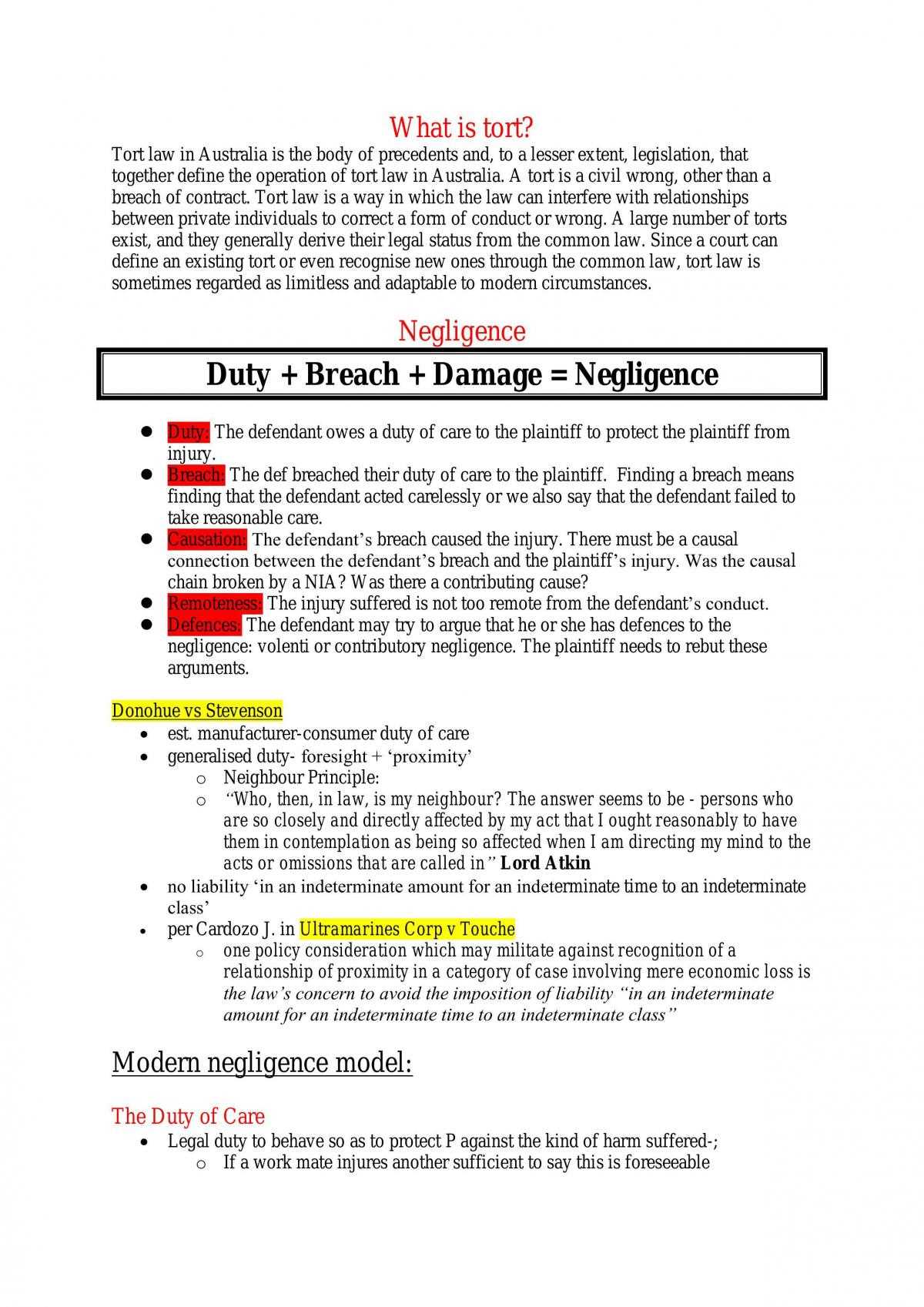
Precedent serves as a guide for current legal decisions, ensuring consistency and fairness. Citing authoritative cases allows you to show that your reasoning is supported by previous judgments, making your argument more persuasive. It also helps to illustrate the evolution of legal principles and their application to similar situations.
- Shows Legal Consistency: Precedents reflect how courts have applied laws in the past, maintaining consistency in legal interpretation.
- Supports Arguments: Citing relevant cases can help bolster your legal reasoning and demonstrate that your conclusions are rooted in established law.
- Illustrates Legal Evolution: Case law highlights how legal principles have evolved over time, offering insights into current interpretations.
Effective Use of Precedent
When incorporating case law into your analysis, it’s crucial to be precise. Identify the case, summarize its key points, and explain how it applies to the facts of your case. Avoid simply listing cases without context; instead, show how they align with the issue at hand. The more directly you can link the precedent to the facts, the more compelling your argument becomes.
- Be Specific: Reference the key points of the case that directly relate to the issue you’re discussing.
- Explain the Relevance: Clarify how the case supports or contrasts with the current facts, and why it’s relevant to the argument you’re making.
- Keep It Concise: Only highlight the most significant precedents that directly impact your analysis. Avoid overloading your response with unnecessary case law.
Avoiding Common Mistakes in Torts Exams
When preparing for legal assessments, it’s crucial to be aware of the common pitfalls that can weaken your performance. Recognizing and avoiding these mistakes not only enhances the clarity of your response but also helps ensure that your analysis is comprehensive and persuasive. In this section, we’ll explore some of the most frequent errors students make and provide strategies for overcoming them.
One of the key mistakes is failing to directly address the specific issues presented in the prompt. It’s easy to get sidetracked by complex legal concepts, but staying focused on the facts and questions at hand is essential. Another common error is neglecting to apply relevant legal principles consistently throughout your response. It’s important to tie each point of your analysis back to the key rules, using them to support your conclusions.
- Overlooking the Question: Ensure that your response directly addresses all aspects of the question. Don’t focus solely on one part of the prompt while neglecting others.
- Missing Key Facts: Always incorporate all relevant facts from the prompt. Ignoring important details can weaken your analysis and lead to incomplete reasoning.
- Lack of Structure: A disorganized response can confuse the reader and make your argument harder to follow. Organize your points clearly and logically, using paragraphs to break up your analysis.
- Failing to Use Precedent: Citing relevant case law is a crucial part of legal reasoning. Failing to include or misapplying precedents can undermine your argument.
- Overcomplicating the Response: While it’s important to demonstrate your knowledge, being overly technical or verbose can obscure the main points. Keep your language clear and concise.
By avoiding these mistakes, you can present a well-rounded, focused, and coherent response. Remember, the goal is not just to demonstrate your knowledge of the law, but to communicate that knowledge effectively to the reader. With careful preparation and attention to detail, you can greatly improve your chances of success.
Improving Exam Writing Under Time Pressure
Time constraints during assessments can often create a sense of urgency that hinders your ability to think clearly and write effectively. The key to performing well under pressure is managing both your time and mental focus efficiently. By implementing certain strategies and techniques, you can improve your ability to present well-structured and coherent responses, even when time is limited.
One of the first steps in overcoming time pressure is planning your approach. Quickly assessing the question and deciding on the most efficient way to organize your response can save valuable minutes. Additionally, practicing these techniques beforehand can help you become more familiar with the process, allowing you to work with greater confidence and speed when the actual assessment comes.
- Understand the Question Quickly: As soon as you receive the prompt, take a moment to read it carefully and identify the key issues. This will allow you to formulate a clear structure before diving into your response.
- Plan Your Time: Allocate specific time slots for each part of your response. For example, set a limit for outlining your answer, writing each section, and reviewing your work. This helps prevent spending too much time on one part of the task.
- Focus on Clarity: Under time constraints, it’s tempting to rush and write as quickly as possible. However, focusing on clarity rather than trying to include every detail will make your response more effective and easier to follow.
- Use Bullet Points or Outlines: If appropriate, bullet points can be a quick and effective way to communicate your ideas clearly. Bullet points allow you to present key arguments without getting bogged down in unnecessary detail.
- Keep It Simple: Stick to the essentials and avoid overcomplicating your response. Presenting your points succinctly ensures you don’t waste time on irrelevant information.
Finally, don’t underestimate the importance of practicing under timed conditions. Simulating the pressure of a real test environment can help you develop the skills needed to stay calm, organized, and efficient. By incorporating these strategies into your routine, you’ll find that managing time during assessments becomes a more natural and effective process.
Tips for Staying Organized During the Exam
Maintaining organization throughout the assessment is crucial to ensure clarity and coherence in your response. When faced with multiple issues to address and a time limit, staying structured allows you to present your arguments logically and without confusion. By employing simple organizational techniques, you can navigate through the questions more efficiently and provide a well-structured analysis.
One of the first steps in staying organized is to plan your time effectively. Before diving into writing, take a moment to map out the key issues and outline your response. This helps you stay focused on the most important points and avoid unnecessary digressions. Additionally, breaking the task into smaller, manageable parts can prevent you from feeling overwhelmed.
Creating an Outline
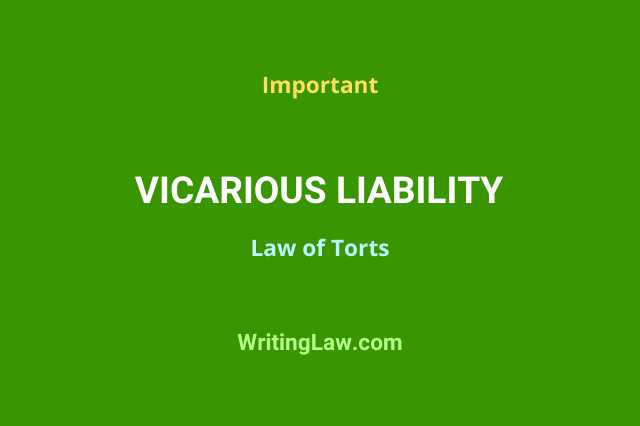
Creating a rough outline before you begin writing can serve as a roadmap for your response. This will allow you to quickly locate important points and make sure you address all parts of the question. The outline doesn’t need to be detailed but should include the main issues, legal principles, and the order in which you plan to present them. Having this structure in place will save time during the writing process and prevent you from having to backtrack.
Prioritizing Key Points
Another useful strategy is prioritizing the most crucial points of your response. Focus on answering the question directly and presenting the strongest arguments first. Avoid getting bogged down by less relevant details, which can dilute your response. By prioritizing key points, you ensure that your analysis is concise and on topic, and you leave more room to elaborate on the critical aspects of the case.
In addition to these strategies, maintaining a calm mindset is essential for staying organized. Rushing through the process often leads to mistakes or missing important details. Take a few deep breaths, focus on the task at hand, and remember that keeping your work organized is just as important as having the right legal knowledge.
Practicing Past Exam Questions
One of the most effective ways to improve your performance in any assessment is by practicing with previous questions. By engaging with past scenarios, you familiarize yourself with the type of material you may encounter and refine your ability to apply legal principles under time constraints. Regular practice also helps you identify patterns in question styles, making it easier to anticipate what might be asked in the future.
By practicing with past questions, you not only test your knowledge but also enhance your writing skills. You get the opportunity to organize your thoughts, structure your responses, and focus on presenting clear, concise arguments. This repetition builds confidence and ensures that you are well-prepared when the time comes to tackle new challenges.
Analyzing Previous Responses
After attempting a set of past questions, it’s essential to review your responses critically. Compare your approach with model answers or sample solutions to identify areas where you can improve. Pay attention to how well you structured your arguments, whether you missed any key legal principles, and if your reasoning was logical and coherent. This kind of reflection allows you to fine-tune your strategy and strengthen your analysis for the next attempt.
Timing Your Practice Sessions
Another vital aspect of practicing with past questions is managing your time effectively. In real assessments, time constraints can be challenging, so simulating the time limit during practice sessions is essential. Set a timer for each practice question to ensure you complete your response within the required time. This practice will help you pace yourself, avoid rushing, and make more informed decisions about which issues to address in-depth.